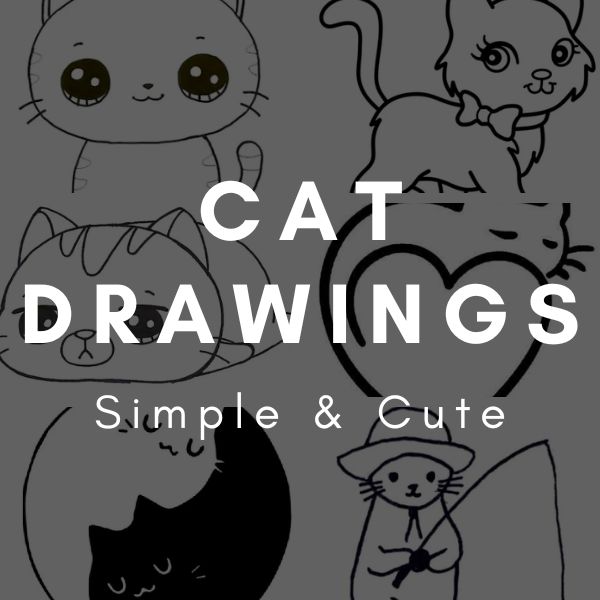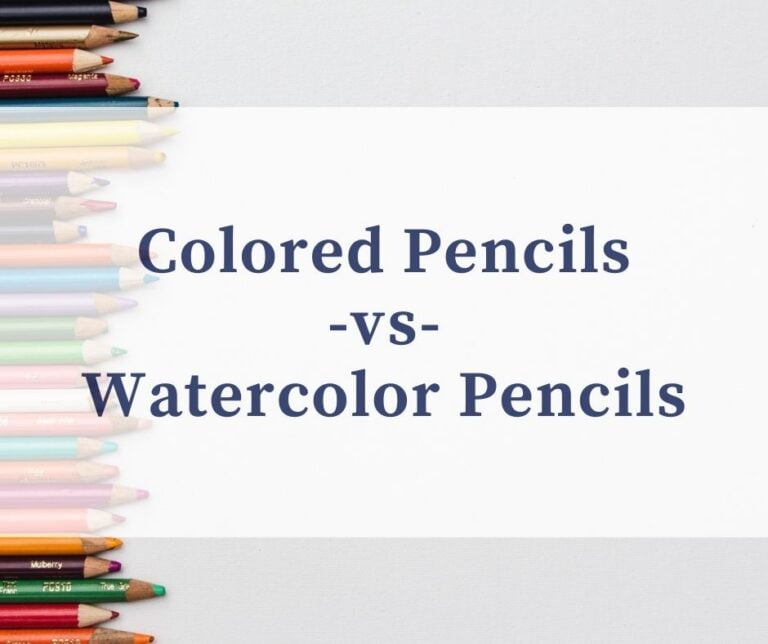Drawing From Reference Images & Photos The RIGHT Way
Most people view drawing as being an act that involves imagination, talent, and simple drawing materials. Anyone who has ever seen an artist sketch a person or an object from scratch might think that it’s simply an issue of talent.
In reality, it’s usually a combination of long-time study, planning, and even muscle memory. Regardless of how you witness an artist drawing, every artist has had to study to get the skills they have, and almost all artists start by drawing from reference.
This is true of hobbyists as well as both professional graphic artists and gallery artists. If you want to improve upon your own drawing skills, the use of reference materials, whether in person or via photograph, is imperative.
Drawing from Reference vs Imagination
The idea of picking between drawing from reference versus drawing from imagination is a misunderstanding of the entire drawing process. No one draws a building or a car without having seen a building or a car, and very few artists attempt to draw a realistic, believable object with absolutely no preparation of any kind.
It is not only possible, but common for some artists to draw figures and objects from imagination once they are trained to do so. Their training in illustration involves deconstructing objects into smaller three-dimensional shapes that connect in a logical fashion.
Many artists start with this technique as taught by George Bridgman through his writings and studies or instructors using similar methods. Even with this training, all artists practice beforehand by drawing from reference.
Is Drawing from Reference Cheating?
In short, no.
Drawing from reference is not only normal for professional and amateur artists; it would be considered strange and counterintuitive to not use any sort of reference material when drawing.
At the very least, those who appear to be drawing without reference in front of them are at least mentally referring to familiar reference, usually due to frequent use. For example, animators use model sheets as a reference point to draw characters such as Mickey Mouse.
Once they’ve drawn the same figure hundreds of times, they may not use physical reference, but instead rely on both memorized reference and muscle memory.
Practically every artist who draws frequently has some sort of filing system or repository of reference material. Historically, commercial artists would keep personally-obtained photos, magazine photos and newspaper clippings on hand for basic reference on anatomy, physical poses for people, animals, furniture and architecture.
Everyone from Americana painter Norman Rockwell to commercial artist Albert Dorne to former DC Comics art director Joe Kubert kept reference on hand and all recommended that budding artists also do so. Even modern day artists who use computers or tablets for drawing purposes tend to keep reference material handy digitally.
The only way in which you can “cheat” by using reference material would be to use it in such a fashion that you were not creating an original work using your reference material, such as strictly tracing original material without adding anything new to the original reference.
And in this case, the “cheat” would mainly harm you, as you would not be growing in your own drawing abilities. Additionally, it can be legally actionable if you trace reference material that you did not create on your own, and references from people can have legal ramifications as well due to likeness rights issues.
Can You Learn to Draw by Tracing?
In terms of learning through sketching, tracing can help beginners just learning how to draw something.
When you trace an object in a reference photo, you want to pay close attention to two major elements: the individual basic shapes that make up the object and specific defining characteristics of the object.
After practicing several times during tracing, it is advisable to attempt to draw on your own while using the reference photo as a comparison for better progress.
How to Use Reference Photos Correctly and Effectively
The best practice for using reference photos is to start by using your own photos, even if taken by a standard smartphone. In addition to personal use for sketching, the resulting artwork can also be sold, as you own the original image source.
You can also use reference photos that you didn’t take yourself to practice sketching. But if you want to sell artwork derived from these photos, you want to make sure that your work is significantly different from the photo.
If something is too close in appearance to a photograph that has a copyright held by a photographer, you could be in violation of intellectual property law. So make sure to bring some creativity to the table yourself.
Here are some general tips for drawing from reference photos:
- Move away from directly tracing the photos as soon as possible.
- Sketch the same thing several times to build muscle memory and confidence.
- Use photos of the same object/scene but from different angles.
- Compare your latest sketch with your first to see your improvement.
- Don’t spend too much time on any individual sketch.
How do You Find References for Drawing?
Now that you know how to draw from reference images, you need to know where to find the right images.
There are a lot of places online where you can find great photos to use. Here are my favorite places for finding references:
Continuing Forward
The applications of reference drawing are numerous. For fine art painting, it allows you to become familiar with people, places and objects for your final pieces. For commercial artists, it allows you to learn how to place people in places in a believable fashion. To quote the late cartoonist and art director Joe Kubert, “if the backgrounds look phony, the characters will look phony.”
The question you should be asking yourself regarding reference isn’t how or what you should use for reference, but rather how much work you are producing from reference, in terms of sketching and practicing.
Even seasoned, award-winning professional artists sketch for a significant portion of their time, whether in preparation for a new piece or for the skill exercise.
This is the most important thing to remember: if you don’t regularly sketch, you will lose some drawing ability every day that you don’t sketch, much like bodybuilders lose muscle when they stop training. If you want to get better, you have to work at being better.



